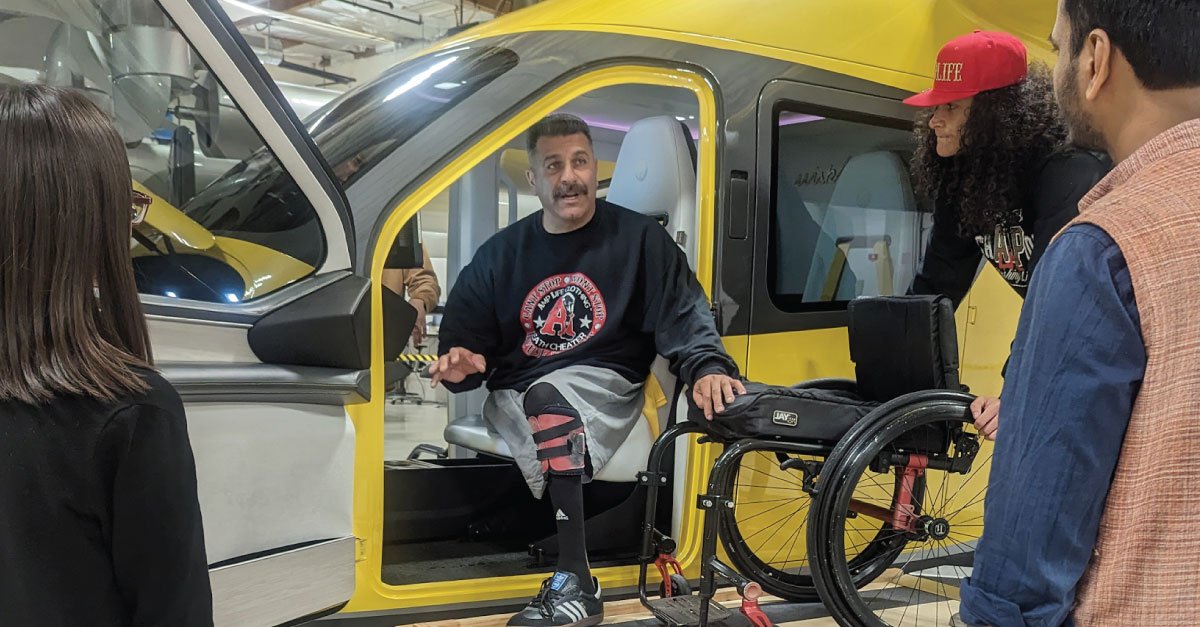HOME > PERSPECTIVES > MOBILITYMOBILITY
A new connected mobility ecosystem is approaching with the impending arrival of driverless, electric, connected vehicles and smart infrastructure. In this new connected ecosystem, companies will thrive less by creating the right hardware and more by creating the most helpful experiences and services for people and businesses. We help our clients find their role in this ecosystem, based on a deep understanding of how people and businesses move around.
Our clients have strong core businesses majoring on hardware, and a legacy of leading an established market. But it feels like they’ve perfected an art that is less relevant in this new ecosystem: margins from core products are declining, new entrants are making huge bets, and to them their innovation feels slow and unfocused. It feels as if the future belongs to a kind of fast-moving digital company that they don’t know how to become. Questions keep them up at night: How do I protect my core business? How do I prioritise the many new business models, offerings, and capabilities I could invest in? How do I craft the right connections inside and outside my company to integrate into the ecosystem? What new kinds of relationships does my marketing have to create?
The future mobility visions that our clients read are vague, generic, and based on what technology could do, and not on what what problems it will be valuable to solve for customers. Companies respond to these visions with inertia, skepticism, or a ‘spray-and-pray’ approach that lacks focus. We help clients:
Ground their bets in an understanding of how people, businesses and technology move around
Grapple with the social and technological complexity of building for product, service, experience ecosystems
Focus their efforts for maximum return
Understand how their customer base is changing and the new kinds of relationships customers want to have with their companies
ARTICLE
You can’t disrupt the City
Mobility disrupters go wrong when they think of cities as hardware searching for better software.
By Ian Dull & Jeff Risom






